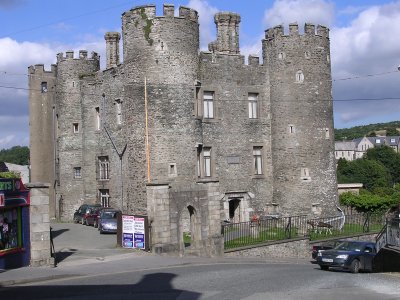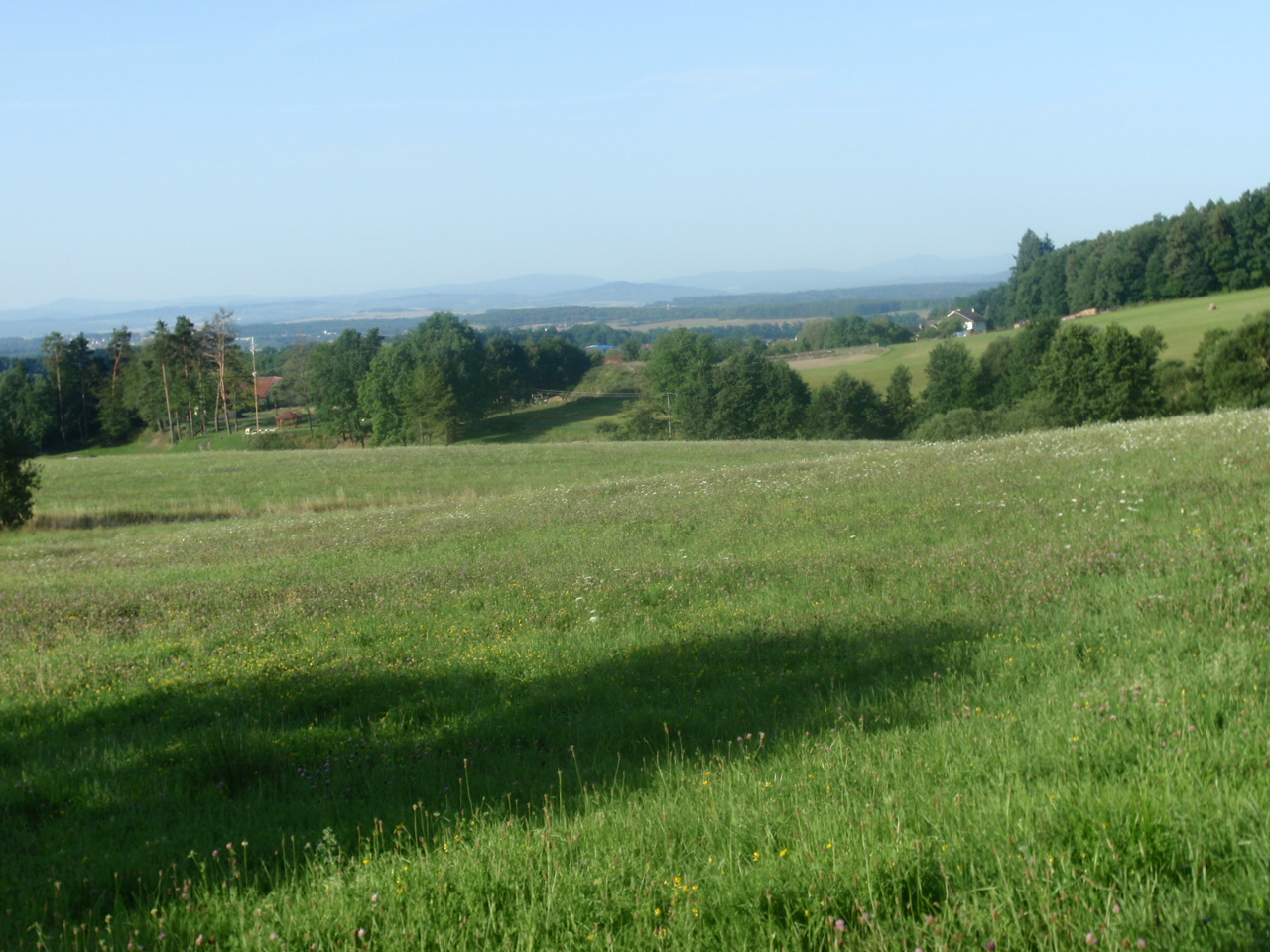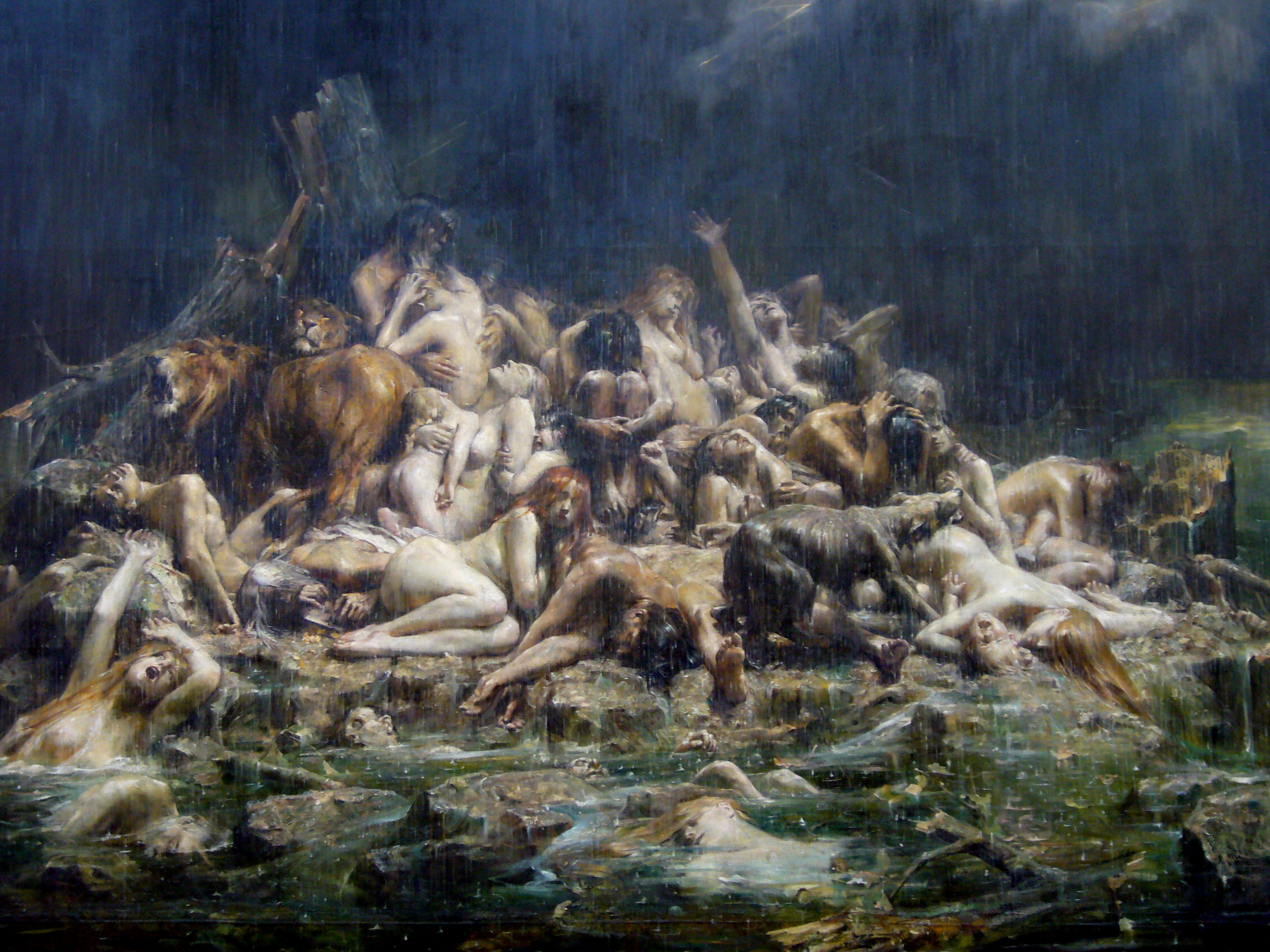|
Slieve Coillte
Slieve Coillte () is a hill in the south of County Wexford, Ireland. The hill is the highest point on the Hook peninsula, with an elevation of . Villages around Slieve Coillte include New Ross, Slaught, Cassagh, Gusserane, Campile, Ramsgrange and Duncannon. On a good day the whole of the Hook peninsula can be overseen, up to the 12th Century Hook lighthouse on Hook Head, one of the oldest operational lighthouses in the world. Hillwalking Slieve Coillte is popular with hillwalkers, with thousands of people climbing the mountain every year. A road leads to a viewpoint on the summit. The road is accessible by car, so the view from Slieve Coillte can also be enjoyed without a walk to the top. Starting from the viewpoint is a circular track that is also suitable for inexperienced walkers. On the south side of the hill is the John F. Kennedy Arboretum with approximately 4,500 species of trees and shrubs on . History At the summit there is also a Rebellion memorial stone that ... [...More Info...] [...Related Items...] OR: [Wikipedia] [Google] [Baidu] |
County Wexford
County Wexford ( ga, Contae Loch Garman) is a Counties of Ireland, county in Republic of Ireland, Ireland. It is in the Provinces of Ireland, province of Leinster and is part of the Southern Region, Ireland, Southern Region. Named after the town of Wexford, it was based on the historic Gaelic Ireland, Gaelic territory of Uí Ceinnselaig, Hy Kinsella (''Uí Ceinnsealaigh''), whose capital was Ferns, County Wexford, Ferns. Wexford County Council is the Local government in the Republic of Ireland, local authority for the county. The population of the county was 149,722 at the 2016 census. History The county is rich in evidence of early human habitation.Stout, Geraldine. "Essay 1: Wexford in Prehistory 5000 B.C. to 300 AD" in ''Wexford: History and Society'', pp 1 - 39. ''Portal tombs'' (sometimes called dolmens) exist at Ballybrittas (on Bree Hill) and at Newbawn — and date from the Neolithic period or earlier. Remains from the Bronze Age period are far more widespread. E ... [...More Info...] [...Related Items...] OR: [Wikipedia] [Google] [Baidu] |
Raheen, County Wexford
Raheen () is a townland and village in County Wexford, Ireland. It lies 27 km from Wexford, 11 km from New Ross, and 23 km from Enniscorthy. Etymology Raheen, in Irish (or simply ), means 'the little rath or ringfort'. A rath or ringfort was a fortified wooden human dwelling. History For most of the Norman period, the area was controlled by the ''Howell'' family. They gave their name to nearby 'Courthoyle', where they had a chapel and castle. During the Irish Rebellion of 1798, one of the main rebel camps was located at nearby 'Carrigbyrne Hill'. Formerly a R.C. church existed at Courthoyle, nearby to the village of Raheen. The current R.C. church of Raheen dates from 1814. A Protestant church that once existed at the townland of Templeshelin (located about 1 km away) has since been demolished. This belonged to the former Church of Ireland parish of Adamstown. The adjacent cemetery is still in existence and contains some of the victims of the Scullabog ... [...More Info...] [...Related Items...] OR: [Wikipedia] [Google] [Baidu] |
Mountains And Hills Of County Wexford
A mountain is an elevated portion of the Earth's crust, generally with steep sides that show significant exposed bedrock. Although definitions vary, a mountain may differ from a plateau in having a limited summit area, and is usually higher than a hill, typically rising at least 300 metres (1,000 feet) above the surrounding land. A few mountains are isolated summits, but most occur in mountain ranges. Mountains are formed through tectonic forces, erosion, or volcanism, which act on time scales of up to tens of millions of years. Once mountain building ceases, mountains are slowly leveled through the action of weathering, through slumping and other forms of mass wasting, as well as through erosion by rivers and glaciers. High elevations on mountains produce colder climates than at sea level at similar latitude. These colder climates strongly affect the ecosystems of mountains: different elevations have different plants and animals. Because of the less hospitable terrain and ... [...More Info...] [...Related Items...] OR: [Wikipedia] [Google] [Baidu] |
Landscape
A landscape is the visible features of an area of land, its landforms, and how they integrate with natural or man-made features, often considered in terms of their aesthetic appeal.''New Oxford American Dictionary''. A landscape includes the physical elements of geophysically defined landforms such as (ice-capped) mountains, hills, water bodies such as rivers, lakes, ponds and the sea, living elements of land cover including indigenous vegetation, human elements including different forms of land use, buildings, and structures, and transitory elements such as lighting and weather conditions. Combining both their physical origins and the cultural overlay of human presence, often created over millennia, landscapes reflect a living synthesis of people and place that is vital to local and national identity. The character of a landscape helps define the self-image of the people who inhabit it and a sense of place that differentiates one region from other regions. It is t ... [...More Info...] [...Related Items...] OR: [Wikipedia] [Google] [Baidu] |
Genesis Flood Narrative
The Genesis flood narrative (chapters 6–9 of the Book of Genesis) is the Hebrew version of the universal flood myth. It tells of God's decision to return the universe to its pre- creation state of watery chaos and remake it through the microcosm of Noah's ark. The Book of Genesis was probably composed around the 5th century BCE, although some scholars believe that Primeval history (chapters 1–11), including the flood narrative, may have been composed and added as late as the 3rd century BCE. It draws on two sources, called the Priestly source and the non-Priestly or Yahwist, and although many of its details are contradictory, the story forms a unified whole. A global flood as described in this myth is inconsistent with the physical findings of geology, paleontology, and the global distribution of species. A branch of creationism known as flood geology is a pseudoscientific attempt to argue that such a global flood actually occurred. Some Christians have preferred t ... [...More Info...] [...Related Items...] OR: [Wikipedia] [Google] [Baidu] |
Noah
Noah ''Nukh''; am, ኖህ, ''Noḥ''; ar, نُوح '; grc, Νῶε ''Nôe'' () is the tenth and last of the pre-Flood patriarchs in the traditions of Abrahamic religions. His story appears in the Hebrew Bible (Book of Genesis, chapters 5–9), the Quran and Baha'i writings. Noah is referenced in various other books of the Bible, including the New Testament, and in associated deuterocanonical books. The Genesis flood narrative is among the best-known stories of the Bible. In this account, Noah labored faithfully to build the Ark at God's command, ultimately saving not only his own family, but mankind itself and all land animals, from extinction during the Flood. Afterwards, God made a covenant with Noah and promised never again to destroy all the Earth's creatures with a flood. Noah is also portrayed as a "tiller of the soil" and as a drinker of wine. Biblical narrative Tenth and final of the pre-Flood (antediluvian) Patriarchs, son to Lamech and an unnamed mother ... [...More Info...] [...Related Items...] OR: [Wikipedia] [Google] [Baidu] |
Mount Ararat
Mount Ararat or , ''Ararat''; or is a snow-capped and dormant compound volcano in the extreme east of Turkey. It consists of two major volcanic cones: Greater Ararat and Little Ararat. Greater Ararat is the highest peak in Turkey and the Armenian Highland with an elevation of ; Little Ararat's elevation is . The Ararat massif is about wide at ground base. The first recorded efforts to reach Ararat's summit were made in the Middle Ages, and Friedrich Parrot, Khachatur Abovian, and four others made the first recorded ascent in 1829. In Europe, the mountain has been called by the name Ararat since the Middle Ages, as it began to be identified with "mountains of Ararat" described in the Bible as the resting place of Noah's Ark, despite contention that does not refer specifically to a Mount Ararat. Despite lying outside the borders of modern Armenia, the mountain is the principal national symbol of Armenia and has been considered a sacred mountain by Armenians. It is featu ... [...More Info...] [...Related Items...] OR: [Wikipedia] [Google] [Baidu] |
Irish Mythology
Irish mythology is the body of myths native to the island of Ireland. It was originally passed down orally in the prehistoric era, being part of ancient Celtic religion. Many myths were later written down in the early medieval era by Christian scribes, who modified and Christianized them to some extent. This body of myths is the largest and best preserved of all the branches of Celtic mythology. The tales and themes continued to be developed over time, and the oral tradition continued in Irish folklore alongside the written tradition, but the main themes and characters remained largely consistent. The myths are conventionally grouped into ' cycles'. The Mythological Cycle consists of tales and poems about the god-like Túatha Dé Danann, who are based on Ireland's pagan deities, and other mythical races like the Fomorians. Important works in the cycle are the '' Lebor Gabála Érenn'' ("Book of Invasions"), a legendary history of Ireland, the '' Cath Maige Tuired' ... [...More Info...] [...Related Items...] OR: [Wikipedia] [Google] [Baidu] |
County Tipperary
County Tipperary ( ga, Contae Thiobraid Árann) is a Counties of Ireland, county in Republic of Ireland, Ireland. It is in the Provinces of Ireland, province of Munster and the Southern Region, Ireland, Southern Region. The county is named after the town of Tipperary (town), Tipperary, and was established in the early 13th century, shortly after the Norman invasion of Ireland. It is Ireland's largest inland county and shares a border with 8 counties, more than any other. The population of the county was 159,553 at the 2016 census. The largest towns are Clonmel, Nenagh and Thurles. Tipperary County Council is the local government in the Republic of Ireland, local authority for the county. In 1838, County Tipperary was divided into two Riding (country subdivision), ridings, North Tipperary, North and South Tipperary, South. From 1899 until 2014, they had their own county councils. They were unified under the Local Government Reform Act 2014, which came into effect following the 20 ... [...More Info...] [...Related Items...] OR: [Wikipedia] [Google] [Baidu] |
County Kilkenny
County Kilkenny ( gle, Contae Chill Chainnigh) is a county in Ireland. It is in the province of Leinster and is part of the South-East Region. It is named after the city of Kilkenny. Kilkenny County Council is the local authority for the county. As of the 2022 census the population of the county was just over 100,000. The county was based on the historic Gaelic kingdom of Ossory (''Osraighe''), which was coterminous with the Diocese of Ossory. Geography and subdivisions Kilkenny is the 16th-largest of Ireland's 32 counties by area, and the 21st largest in terms of population. It is the third-largest of Leinster's 12 counties in size, the seventh-largest in terms of population, and has a population density of 48 people per km2. Kilkenny borders five counties - Tipperary to the west, Waterford to the south, Carlow and Wexford to the east, and Laois to the north. Kilkenny city is the county's seat of local government and largest settlement, and is situated on the Ri ... [...More Info...] [...Related Items...] OR: [Wikipedia] [Google] [Baidu] |
County Carlow
County Carlow ( ; ga, Contae Cheatharlach) is a Counties of Ireland, county located in the South-East Region, Ireland, South-East Region of Ireland, within the Provinces of Ireland, province of Leinster. Carlow is the List of Irish counties by area, second smallest and the List of Irish counties by population, third least populous of Ireland's 32 traditional counties. Carlow County Council is the governing Local government in the Republic of Ireland, local authority. The county is named after the town of Carlow, which lies on the River Barrow and is both the county town and largest settlement, with over 40% of the county's population. Much of the remainder of the population also reside within the Barrow valley, in towns such as Leighlinbridge, Bagenalstown, Graiguenamanagh, Tinnahinch, Borris, County Carlow, Borris and St. Mullins, St Mullins. Carlow shares a border with County Kildare, Kildare and County Laois, Laois to the north, County Kilkenny, Kilkenny to the west, County ... [...More Info...] [...Related Items...] OR: [Wikipedia] [Google] [Baidu] |
County Waterford
County Waterford ( ga, Contae Phort Láirge) is a county in Ireland. It is in the province of Munster and is part of the South-East Region. It is named after the city of Waterford. Waterford City and County Council is the local authority for the county. The population of the county at large, including the city, was 116,176 according to the 2016 census. The county is based on the historic Gaelic territory of the '' Déise''. There is an Irish-speaking area, Gaeltacht na nDéise, in the south-west of the county. Geography and subdivisions County Waterford has two mountain ranges, the Knockmealdown Mountains and the Comeragh Mountains. The highest point in the county is Knockmealdown, at . It also has many rivers, including Ireland's third-longest river, the River Suir (); and Ireland's fourth-longest river, the Munster Blackwater (). There are over 30 beaches along Waterford's volcanic coastline. A large stretch of this coastline, known as the Copper Coast, has been d ... [...More Info...] [...Related Items...] OR: [Wikipedia] [Google] [Baidu] |




.jpg)
.jpg)



